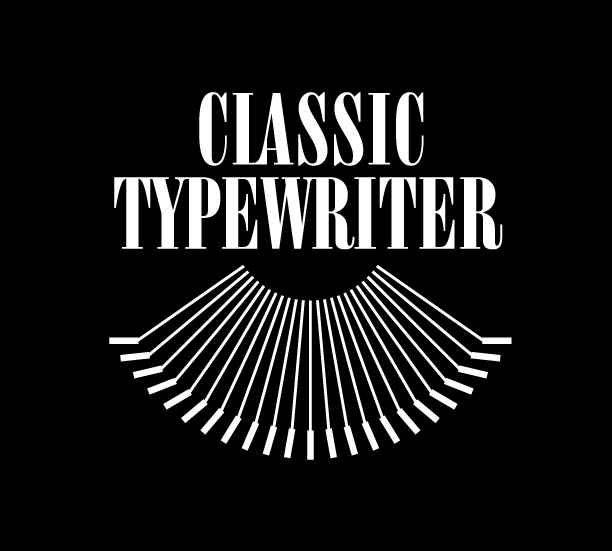IBM Selectric II and III Guide and Tutorial
IBM Selectric III Video Tutorial (1980 model)
Following the success of the original IBM Selectric, introduced in 1961, IBM continued to refine and expand its line of typewriters to meet the growing demands of business, government, and creative professionals. The Selectric II (introduced in 1971) and the Selectric III (launched in 1980) were more than incremental updates—they represented a maturing of the Selectric platform and stood as milestones in the convergence of mechanical engineering and user-focused innovation.
IBM Selectric II (1971): Enhanced Functionality for the Office Age
The Selectric II was introduced a decade after the original, aimed at users who required greater flexibility and improved ergonomics in high-volume typing environments.
Key Developments:
Dual Pitch Typing: Users could switch between 10-pitch (Pica) and 12-pitch (Elite) with the flip of a switch.
Correction Options: Selectric II models introduced correcting versions, which allowed for the use of lift-off tape to easily erase mistakes—a boon for office workers and secretaries.
More Advanced Typeball Options: An expanded range of type elements gave typists greater creative and professional flexibility.
While targeted primarily at business and administrative users, many writers appreciated the Selectric II for its reliability, consistent keystroke, and low-maintenance operation. It offered a seamless typing experience that minimized interruption and maximized flow.
IBM Selectric III (1980): Peak of the Line
By the 1980s, the typewriter industry was nearing the end of its golden age. Yet the Selectric III was a clear demonstration of IBM’s commitment to quality and engineering excellence.
Improvements and Features:
Quieter Operation: Significant effort went into reducing acoustic noise, a feature that made it more suitable for shared office environments.
Sleeker Industrial Design: Modernized casing and updated controls reflected the aesthetic of the era.
Additional Correction Features: More advanced correction systems improved the speed and cleanliness of document editing.
Increased Reliability: Mechanical refinements allowed the Selectric III to operate under intensive daily use without degradation of quality or performance.
Though IBM was already developing word processors and preparing for the transition to computing, the Selectric III served as a culmination of decades of typewriter innovation.
Writers and the Selectric Line
While the Selectric series was known for its dominance in business and government sectors, many authors and screenwriters also gravitated toward these machines. Though precise lists are hard to pin down due to the ubiquity of Selectrics in the mid-to-late 20th century, it is known that:
Hunter S. Thompson reportedly used a Selectric, valuing its responsive feel and brutal efficiency.
David Foster Wallace wrote early drafts of his work on a Selectric, appreciating its no-nonsense interface and tangible feedback.
Countless screenwriters in Hollywood’s golden age of the 70s and 80s relied on Selectric models in production offices and writers’ rooms, where speed and precision were essential.
What drew these writers to the Selectric line was more than just functionality—it was the tactile experience, the rhythm of the keys, and the clean, professional results that made it feel as though the machine was keeping pace with thought itself.
1970’s IBM Selectric II in Laurel Green.
Here is the handmade paper that your note came on.
If you need a ribbon, let me know … listing coming soon.
Please let me know if you have questions.
Enjoy the writing!
PS. I offer a trade-in policy, in case you ever want to upgrade or switch, you can trade your machine in for the value you paid toward anything else.

